
Presented by Taja
Art is the elimination of the unnecessary.
Pablo Picasso
Don’t bore us
Imagine you bought a sandwich and instead of two slices of bread, there were three on either side. That’s a lot of unnecessary padding diluting the taste of the good stuff in the middle.
Are you making podcast episodes with too much bread?
Listeners deserve better. Inessential narrative runways and subpar interview questions won’t do.
Go big.
Then go bigger.
As Tom Petty once said, “Don’t bore us, get to the chorus.”
🎙️ Signal Flow: Dallas Taylor
Industry game changers and valiant minds from creative professions share their wisdom, adversities, and paths to innovation.
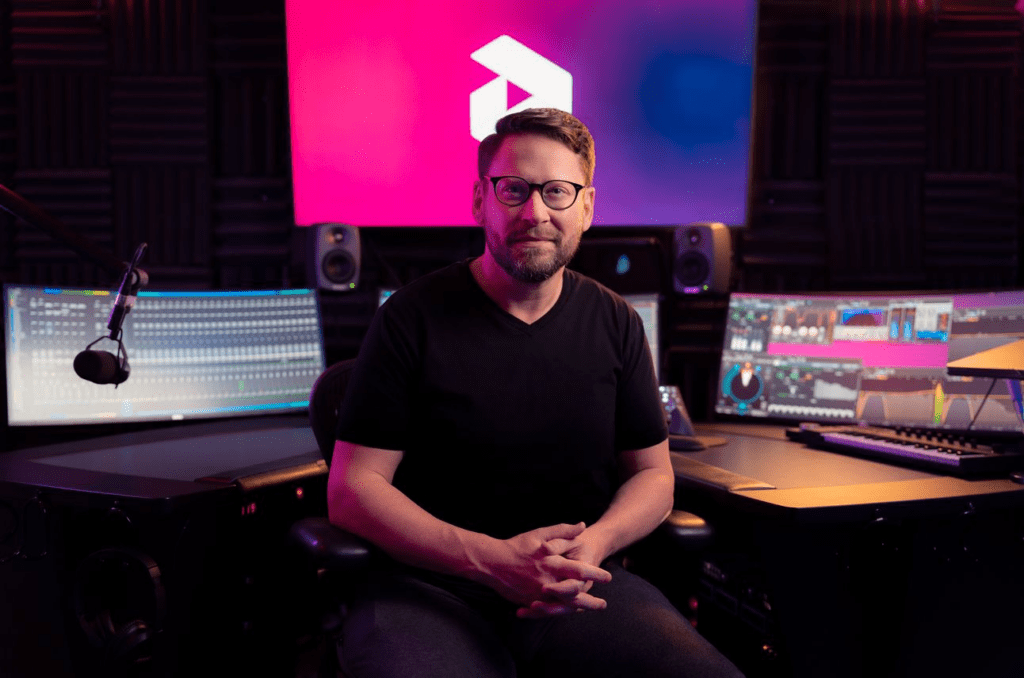
Dallas Taylor is the host and creator of Twenty Thousand Hertz, a lovingly crafted podcast revealing the stories behind the world’s most recognizable and interesting sounds. Dallas is also the Creative Director of Defacto Sound, where he has led thousands of high-profile sound design projects—from blockbuster trailers and advertising campaigns, to major television series and Sundance award-winning films. Additionally, Dallas is a TED mainstage speaker, a regular contributor to major publications, and a respected thought leader on the narrative power of sound.
One question we hear a lot as children is, “What's your favorite color?” But what about your favorite sound?
My favorite sound is the sound of the people I love. I love hearing my kids, the way that they speak in the world, the way they laugh, conversations with family and friends. I believe the best music genre that exists is the music that's being created by the people you care about.
You don't have to be an audiophile to become more conscious about your hearing and curate your sonic world or think more deeply about it—and become more human in the process.
I want Twenty Thousand Hertz to be accessible to everyone. When a podcast throws in a gratuitous “f” word, you’re immediately gatekeeping a lot of people.
My favorite compliment I get, and it always warms me deeply, is when people tell me they listen to Twenty Thousand Hertz with their kids. It's important for me that parents and children can connect over something they both enjoy. And so, I'm really trying to focus on bringing people together through their sense of hearing, and trying to remove any gatekeeping I can possibly think of.
My favorite sound on Twenty Thousand Hertz is the sound of other people reporting. When I hear my show through the voice of someone else’s lens, it’s just pure joy. If I'm looking at what the show looks like down the road, I think it’ll be more of an amalgamation of multiple people sharing different perspectives, and different voices. That's my dream.
We try to hit a sonic change every 20-30 seconds in the show. A sonic change could be my voice with no music to a music start, to another voice, to a music stop, to a sound effect, to another voice that then goes to another guest, or another reporter then back to me. Part of it is our short attention spans, but on a personal level, my brain likes to be constantly tickled with a new sound. It keeps me focused. So if I drift for a couple seconds, I get right back into the story because something new sonically changes.
Those sonic changes are created in the script. Because none of this happens magically in sound design. Sound is something that has to be written to be well incorporated. (continued below)
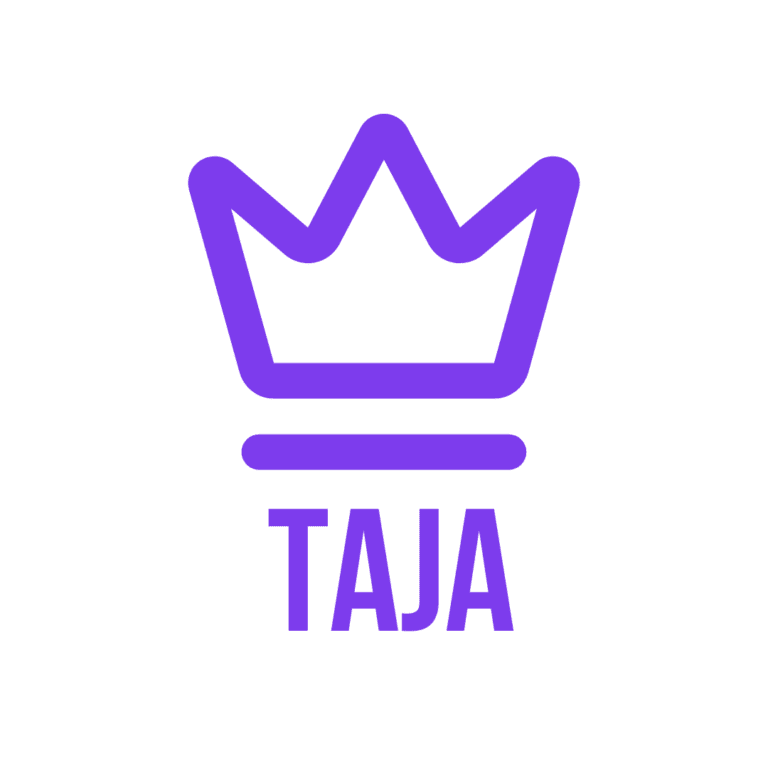
Meet Taja, the AI sidekick built for podcasters to make YouTube publishing a breeze. Taja is engineered to create algorithm-optimized titles, descriptions, chapters, hashtags, thumbnails, and shorts with a click. Save 1-2 hours per video and maximize your reach with a free 7-day trial today.
A lot of the show's pacing is driven by the pace of the guests and their own voices. We used to use Google Docs and Pro Tools, but being able to bridge that gap through Descript is a game changer. Hearing the guests speak brings so much nuance to what music is picked, how I perform the lines, and how we weave in sound effects.
I selfishly made the Zelda episode to memorialize the moment my daughter and I were playing Breath of the Wild together. I wanted us to come back in 10, 20, 30 years from now and be able to listen to her seven-year-old voice. It’s a father-daughter video game love story in a way. And it was also a full-circle moment because I started playing Zelda when I was her age.
An episode is most challenging when we have a lot of people involved. We did an episode on Hans Zimmer’s studio. We had a lot of guests on that one. And it was such a complex topic. Hans Zimmer is in the year 3000 with the way that he works, there's so much to explain. And that was really hard to parse down. I was on-site at his studio, and the whole time we were making the show, I was like, how are we going to do this?
It’s a complex relationship I have with the podcast, just like any relationship would be. There are ups and downs, but I think every relationship needs that dynamic range. Because if you don't have hard times, what do good times mean?
When we started this show, I didn't think it would last past 10 episodes because it's very expensive to make. And now we're pushing 200 episodes.
Sound is our toolkit. But when you start to really master an art form, you stop thinking so much about the tools. If you're still thinking about where things are in the user interface of Pro Tools or Descript, you're in the first phase of the creative journey. The second phase is you don't even think about your tools, you're just crafting. You’ve got your clay and you’re building with it. And the third phase is the flow state. Here, you're thinking all about story, what you're trying to connect emotionally from one human to another.
There isn't like a gold pot at the end of the podcasting rainbow. It's just an infinite pursuit. The only way it’ll work is if we continually love what we're making.
🎧 Podcast of the Week
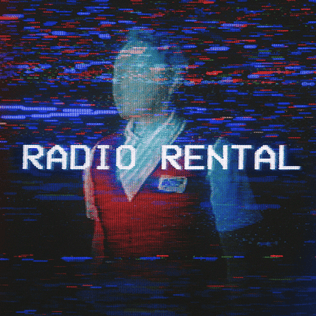
Discover real-life horror stories, from bizarre crimes to paranormal activity. These true stories are set inside the fictional world of Radio Rental, an 80’s video rental store run by an eccentric shopkeeper, Terry Carnation (Rainn Wilson). This imaginative, cult classic-inspired horror brand blurs the lines of reality, with cutting-edge documentary storytelling and a splash of comedy.
If you’re a first-timer, check out the Laura of the Woods episode.
🥾 Further Exploration
A few years back, I collaborated with Podcast Movement to create The Pod Lab limited series. Part actionable creative advice, part insights from industry pros, these short episodes feature some of my favorite podcasters, including Alie Ward (Ologies), Shannon Cason (Homemade Stories, The Trouble), and Natalia Petrzela (Welcome to Your Fantasy). Alie’s episode, “The Subtle Art of Less Awkward Interviews,” is a great place to start.
ICYMI:
Enjoying The Noise Gate? Why not share it with a fellow podcaster?
Until next time, have a bold week.
– Doug
For advertising information, contact Kristy at kristy@podcastmovement.com
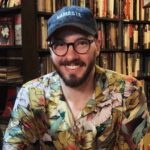
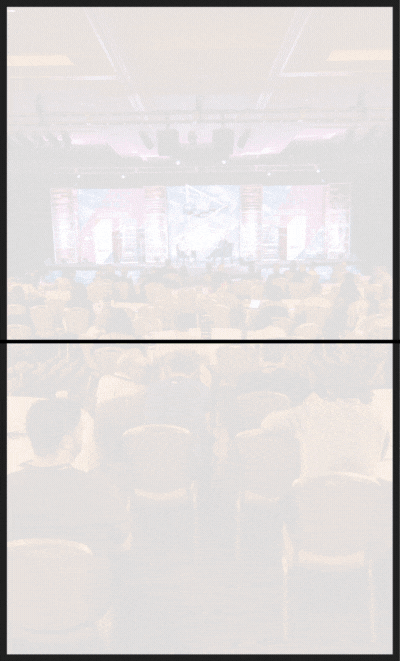
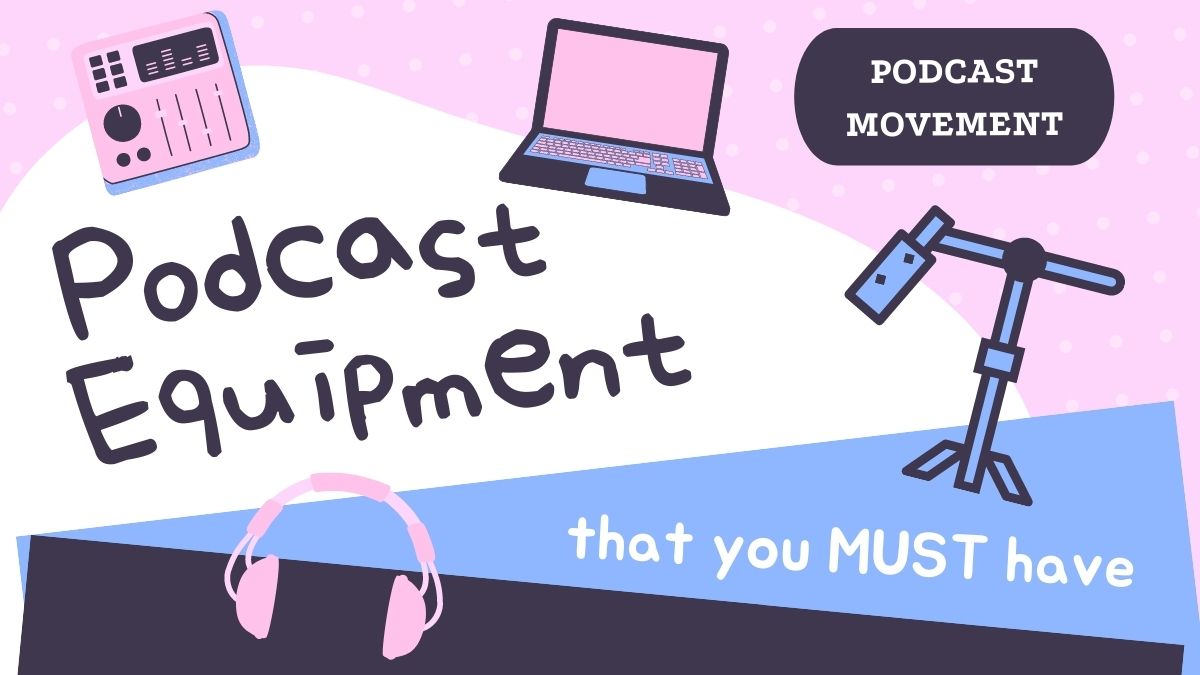

Join the Movement